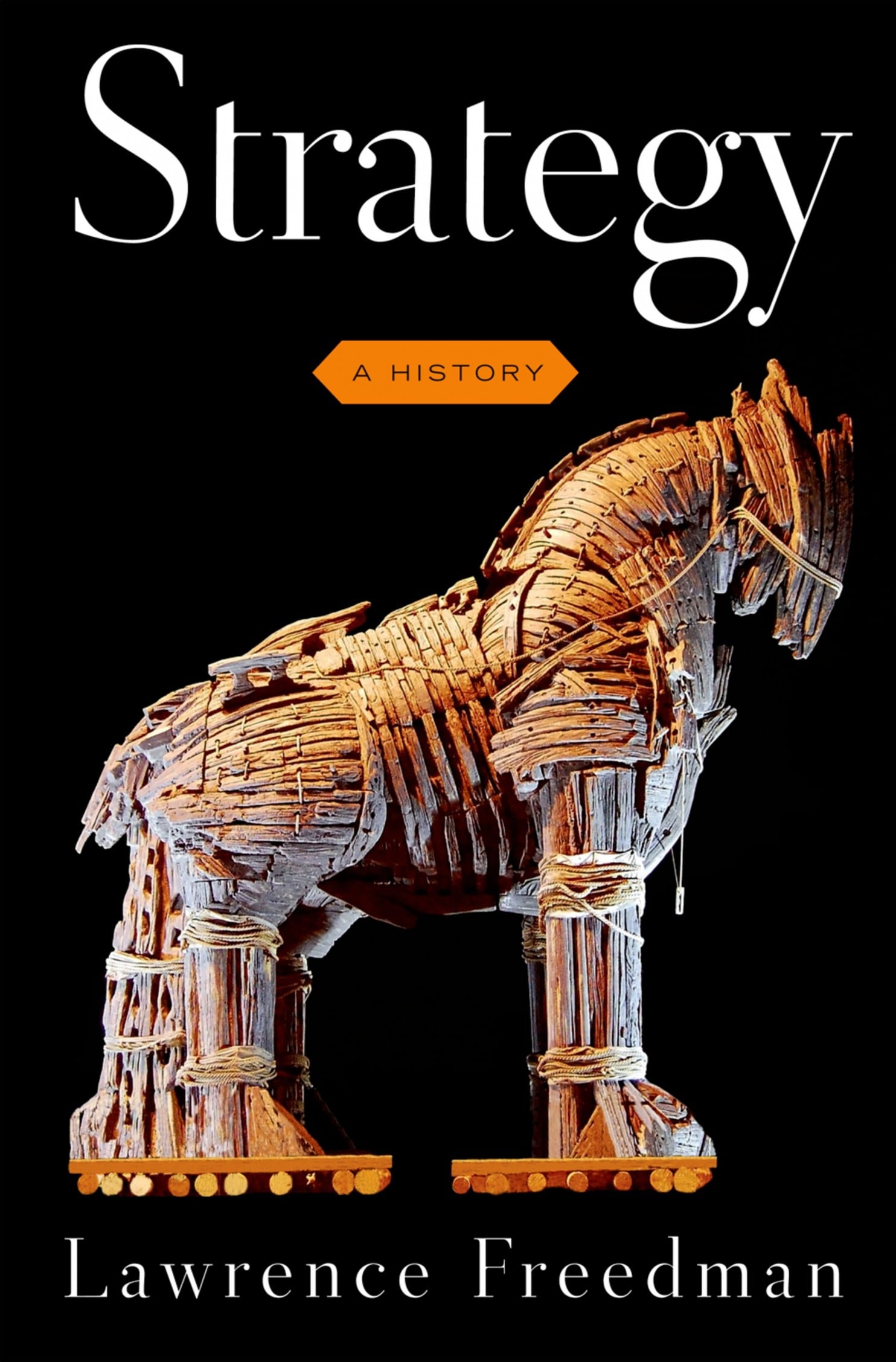Foundation of Execution
On the startup side of the industry, the most commonly talked about business strategies revolve around Disruption. But, for my money no one has ever put it as eloquently as the young brooklyn kid who actually disrupted his field with brutal efficiency.
Everybody has a plan until they get punched in the mouth - Mike Tyson
On the other side of the software game, in the Enterprise, equally cliche is the oft stated strategy of Agility. I think the famous slightly sped up clip of a 19 year old Mike Tyson going through his paces during a training session makes the point better than any words ever could: Mike knows Agility too.
Neither Disruption or Agility are strategies.
Disruption is an outcome. Agility is a resource. A strategy is the focused forward looking plan followed with driving dedictation, and implementated with unrelenting discipline in persuit of a long term goal that enables even longer term goals.
In the case of Mike Tyson, the strategy was the regime of training, the endless cardio, the expert selection of the most efficient and powerful movements, the grinding repetition to encode these movements in muscle memory. This is how one aquires Agility.
A lifetime of study of the fundamentals of the sweet science, the accurate assessment of opponents weakness, relentless destruction of ones own weaknesses resulting in impregnible defence, the absolute mastery of psychological warfare, and the relentless training necessary to build that world famous and world shattering power. That is how Disruption is actualized.
Understanding what is and isn’t a strategy is probably the first step in actually implementing one.

As with anything, the study of the history is the most likely the best way to predict the future. The seminal Strategy: A History maybe too much of a tome for casual reading, but in audio book format is an engaging and entertaining primer on the matter.
From the perspective of the Enterprise and it’s love/hate relationship with Information Technology in particular, I keep going back to the fundamentals of Enterprise Architecture As Strategy: Creating a Foundation for Business Execution. This blog owes a lot of its fundations to the theories exposed by this book.
Strategic Technology Trends for 2020
Through the lights, camera, action, glamour, glitter and gold, I unfold the scroll
Enterprise Information Technology’s favorite problematic bae has released Gartner Top 10 Strategic Technology Trends for 2020. One cannot escape the logical incongruence of the term ‘strategy’ being applied to the term ’trend’, fundamentally if your IT strategy changes every 12 months you have no strategy. Also, opinion’s on Gartner vary, and vary, and vary. Regardless of what you feel about Gartner as a business entity, the reliability of their analysis, or their outsized impact on the hype cycle, they unequivocally are thought leaders that the majority of CIO’s turn to for guidance. Understanding the influences on those who control the purse strings is never a bad bet in any business related strategy, so in the next couple blog posts I am going to dive into what I think are the most interesting of Gartner’s top 10.
Read more about… HyperAutomation
Read more about… Democratization
In the best of times any real world competitive strategy has to take into account imperfect information, and 2020 in particular may be the blackest swan on record. As such, I am going to end this with a big red cherry on top with the best strategic advice on the block…
From the Womb to the Tomb, Presume the Unpredictable - Nasir Jones